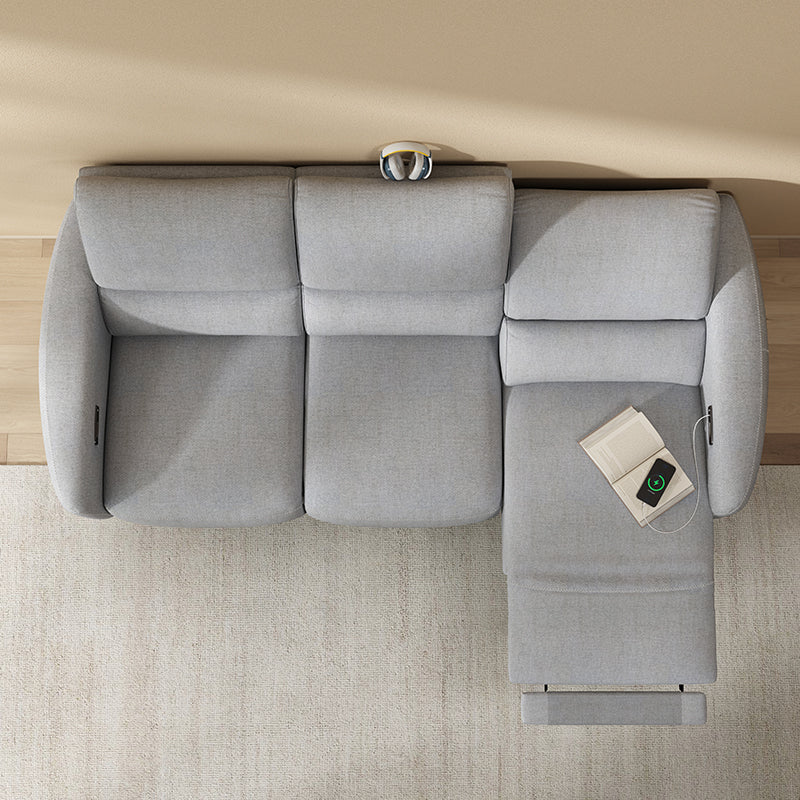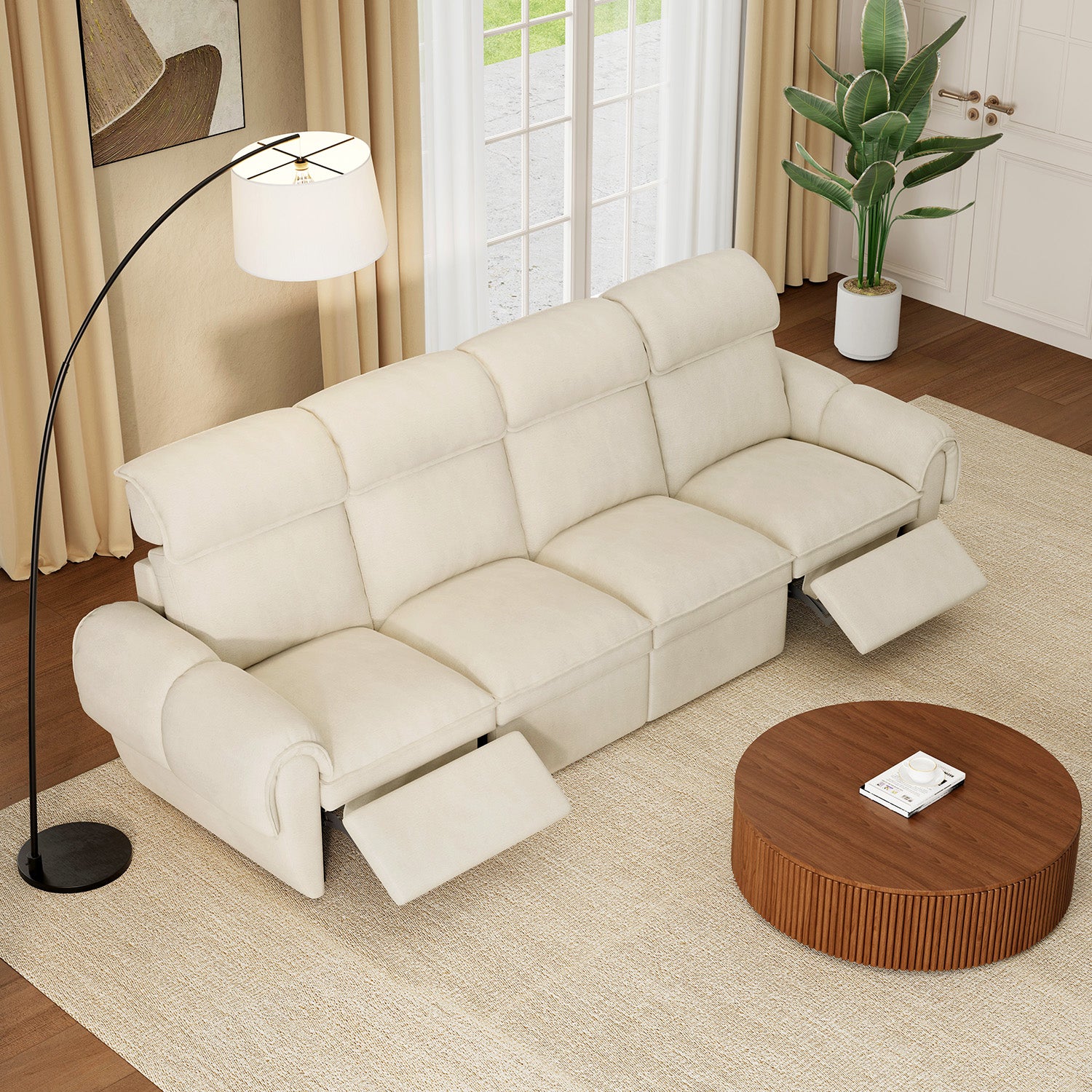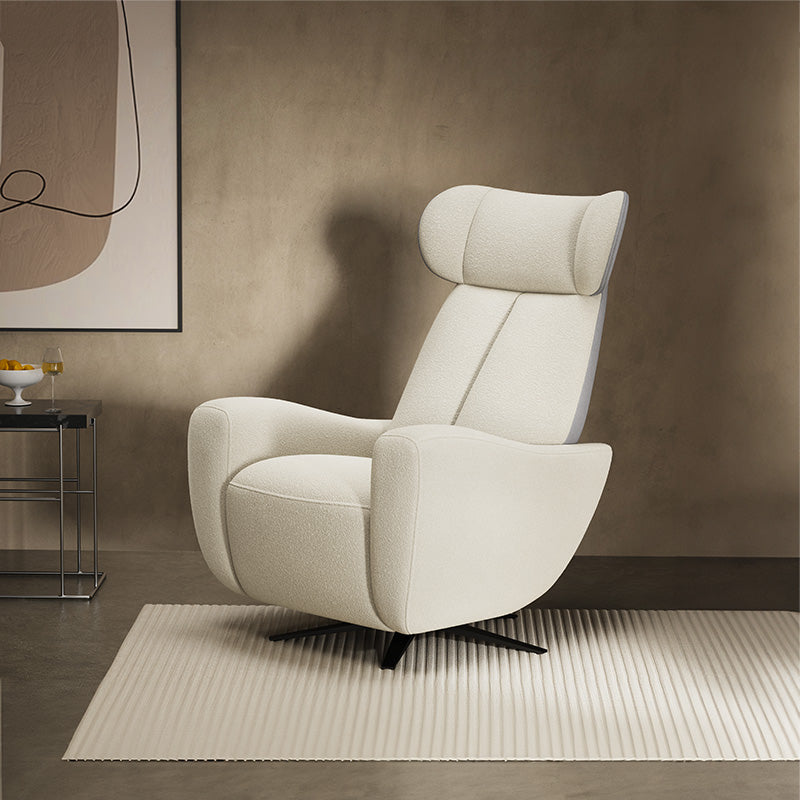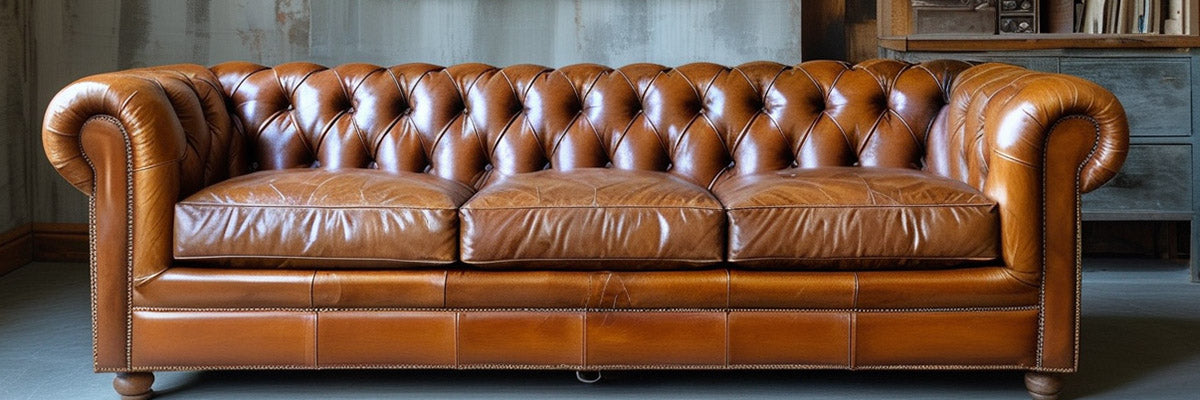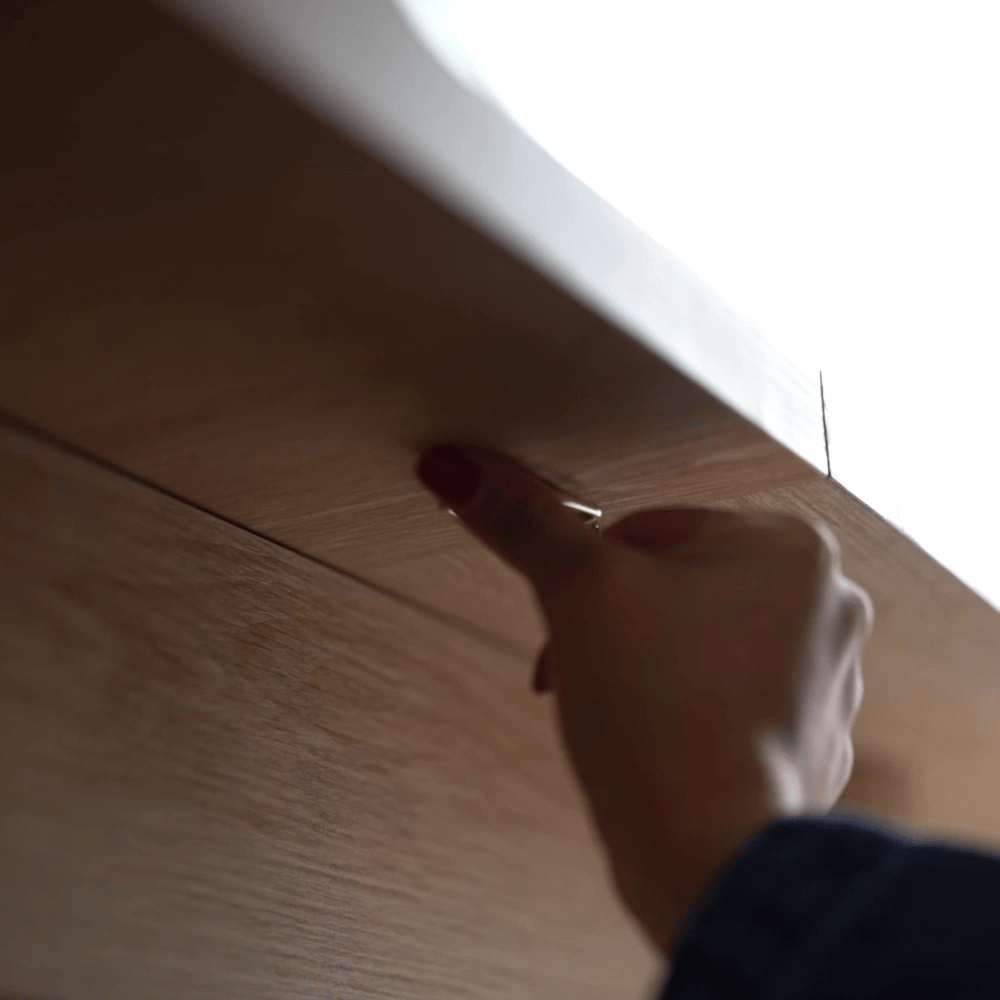A leather couch is a luxurious addition to any home, offering timeless elegance and durability. However, like any prized possession, leather requires regular care to maintain its softness, shine, and resilience. One essential aspect of leather care is oiling. Applying the right oils can rejuvenate and protect your leather couch, prolonging its life while keeping it looking beautiful.
Table of Content
Why Should You Oil Your Leather Couch?
Leather is a natural material that can dry out over time, especially if exposed to direct sunlight, heat, or air conditioning. Oiling provides several benefits, such as:
- Moisturizing the Leather:
Prevents cracking and peeling by replenishing lost oils.
- Enhancing Appearance:
Restores the leather's natural shine and richness.
- Increasing Longevity:
Protects the leather from wear and tear.
- Maintaining Flexibility:
Keeps the leather supple and comfortable to sit on.
Choosing the Right Leather Oil
Not all oils are suitable for leather. Always select products specifically designed for leather care. Here are some commonly recommended options:
1. Leather Conditioner:
These are specially formulated to nourish and protect leather. Many contain natural oils like lanolin.
2. Neatsfoot Oil:
A traditional choice for softening and preserving leather, especially for untreated or older leather.
3. Mink Oil:
Ideal for adding moisture and waterproofing properties.
4. Coconut or Olive Oil (Sparingly):
While not specifically made for leather, these can be used as a last resort for minor touch-ups. However, they may darken the leather and attract dust.
Avoid products like baby oil or petroleum jelly, as they can cause long-term damage or discoloration.

What You’ll Need
Before you begin, gather the following materials:
- Leather oil or conditioner
- Microfiber cloths
- Soft-bristle brush (optional)
- Mild soap (for cleaning)
- Bowl of lukewarm water
- Protective gloves (optional)
Step-by-Step Guide to Oiling a Leather Couch
1. Clean the Leather
Begin by removing dirt and grime to ensure the oil can penetrate the leather properly.
- Mix a few drops of mild soap with lukewarm water.
- Dampen a microfiber cloth with the soapy water and gently wipe the couch's surface.
- Focus on seams and crevices where dust often accumulates.
- Let the leather air dry completely before proceeding.
Tip: Avoid soaking the leather, as excessive moisture can damage it.
---
2. Test the Oil on a Small Area
Leather can react differently to oils, depending on its type and finish.
- Apply a small amount of oil to an inconspicuous area, such as the back or underside of the couch.
- Wait 24 hours to observe any changes, including discoloration or uneven absorption.
If the test area shows no adverse effects, proceed to the next step.
---
3. Apply the Oil
Once you've chosen a suitable oil and confirmed it's safe, begin the application process:
1. Pour a small amount of oil onto a clean microfiber cloth. Avoid pouring the oil directly onto the leather.
2. Using circular motions, gently massage the oil into the leather. This helps ensure even coverage and proper absorption.
3. Work in small sections, such as a cushion or armrest, before moving to the next area.
---
4. Let the Oil Absorb
Allow the leather to absorb the oil for at least 30 minutes to a few hours, depending on the product’s instructions.
- Wipe away any excess oil with a clean, dry cloth to prevent a sticky residue.
- For a deeper treatment, let the oil sit overnight and buff the surface the next day.
---
5. Buff the Leather
Use a clean microfiber cloth to buff the leather in circular motions. This step enhances the shine and gives the couch a polished finish.

Additional Tips for Maintaining a Leather Couch
1. Condition Regularly:
Oil or condition your couch every 6-12 months, depending on the climate and frequency of use.
2. Avoid Direct Sunlight:
Sun exposure can dry out and fade leather. Use curtains or UV-protective films on windows.
3. Vacuum Weekly:
Prevent dirt from scratching the surface by using a soft brush attachment.
4. Avoid Harsh Cleaners:
Stick to products designed for leather to avoid stripping its natural oils.
Common Mistakes to Avoid
- Using Too Much Oil:
Over-oiling can clog the leather's pores, leaving it sticky and prone to attracting dust.
- Skipping the Test Patch:
Always test in a hidden spot to prevent irreversible damage.
- Not Cleaning Before Oiling:
Dirt can trap in the leather and interfere with absorption.
- Neglecting Regular Care:
Oiling is part of a broader maintenance routine. Dusting and protecting your couch are equally important.
Conclusion
Oiling a leather couch is a simple yet essential task that can significantly enhance its longevity and appearance. By following the steps outlined above, you can ensure your couch remains supple, shiny, and comfortable for years to come. Regular maintenance, combined with the right products and techniques, will keep your leather couch a stunning centerpiece in your home.
If you want to buy our home furniture or couch for living room, you can check out more on our store

